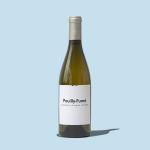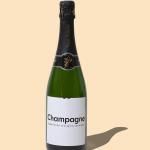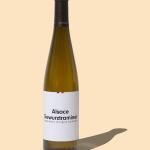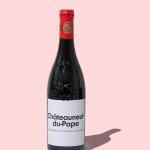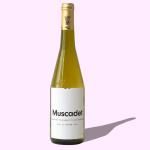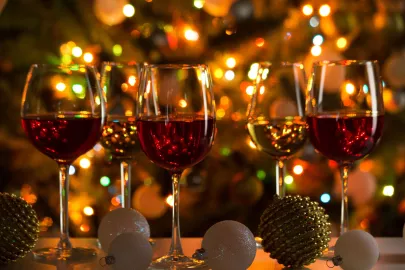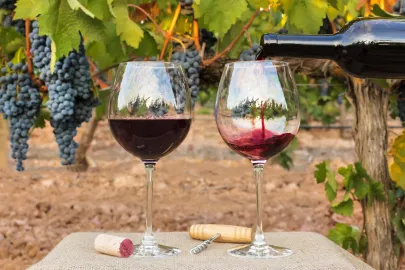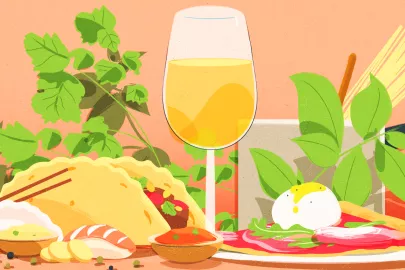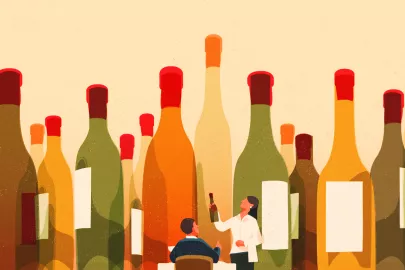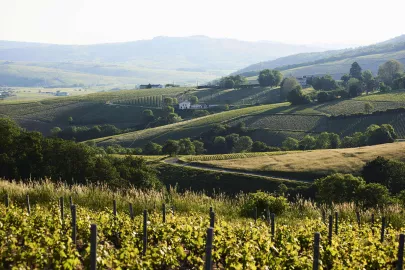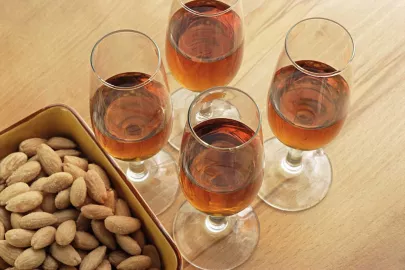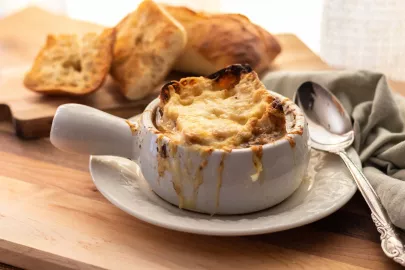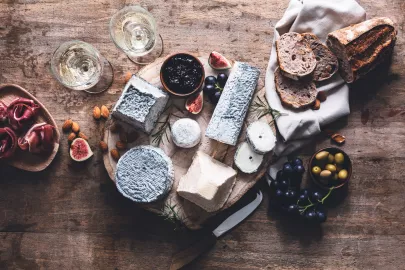Everything You Need to Know About French Wine Regions in Under 5 Minutes
Want to level up your French wine knowledge as quickly as possible ? This 5-minute guide to France’s major wine regions will help you understand the key facts about the country’s most popular viticultural areas. Get familiar with France’s 12 major regions, the grapes they grow, and the wine styles they produce. Your next visit to your local wine store or favorite wine bar will be a breeze!
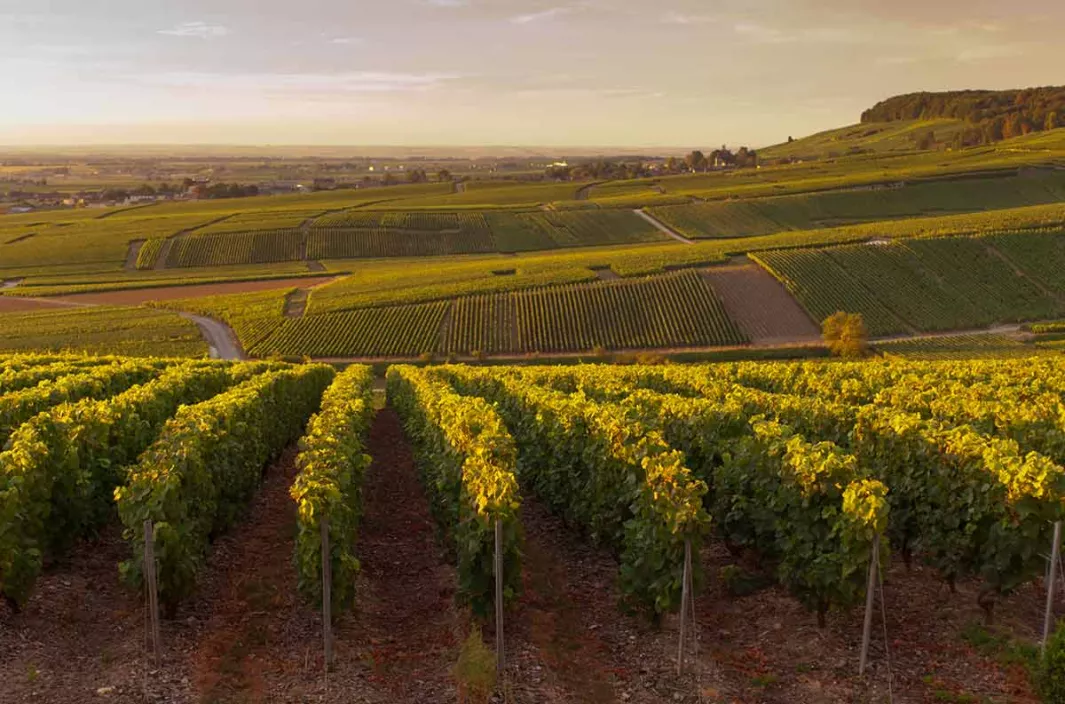
In this article
Champagne
Overview: Global capital of sparkling wine, produces some of the most famous bottles of bubbly in the world.
Main grape varieties: Chardonnay, Pinot Noir, Pinot Meunier
Fun fact: Wines made entirely from Chardonnay are labeled as Blanc de Blancs, wines made entirely from Pinot Noir and/or Pinot Meunier are labeled as Blanc de Noirs.
Alsace
Overview: Located in the shadow of the Vosges mountains, Alsace is famous for its monovarietal white wines, with everything from dry to sweet.
Grapes: Riesling, Gewurztraminer, Pinot Gris, Sylvaner, Muscat
Fun fact: Alsace has the most Demeter certified biodynamic producers in Europe.
Bourgogne (Burgundy)
Overview: Birthplace of the “terroir” concept, Burgundy is famous for site specific farming. These small production wines are among the most sought after in the world.
Grapes: Chardonnay, Pinot Noir
Fun fact: The specific sites where Burgundian wines are produced are called lieux-dits (lioo-dee).
Beaujolais
Overview: Just south of the Mâconnais region of Burgundy, Beaujolais is loved for its fresh, easy drinking reds made from the Gamay grape, often using carbonic maceration to keep fruit flavors high and tannins low.
Grapes: Gamay
Fun fact: Beaujolais is the home of many natural wine producers and is considered the birthplace of France’s natural wine movement.
Rhône Valley
Overview: Divided into Northern Rhône and Southern Rhône. The northern region is famous for its rustic, well-aging Syrah. The south is better known for affordable, everyday blends. Both areas produce white wines but reds are more common.
Grapes: Syrah, Grenache, Mourvèdre, Viognier, Marsanne, Roussanne
Fun fact: Northern Rhône accounts for only 5% of the valley’s production.
Jura
Overview: To the East of the Burgundy and Beaujolais regions, Jura is currently one of France’s most up-and-coming wine regions. The region is known for its zesty, acidic reds and textured, palate-coating whites, made from local grape varieties.
Like the Beaujolais region, Jura is home to some renowned natural winemakers, including Anne and Jean-Francois Ganevat, Pierre Overnoy, and Bénédicte and Stéphane Tissot.
Main Grape Varieties: Savagnin, Chardonnay, Poulsard, Pinot Noir, Trousseau
Fun fact: Jura is famous for its rare vin jaune (yellow wine), similar to Spain’s famous oxidatively aged Sherry (Oloroso) . These wines age in barrels for 6 years or more and develop a yeast film that creates unique, intense flavors.
After fermentation, wines destined for vin jaune are left to age for 6 years or more, where they oxidise heavily. This reduces the volume in the barrel and allows a yeast film (like flor) to form, resulting in some intense, flavorful wines unlike anything else.
Corsica
Overview: Corsica is France’s only island wine-producing region. and benefits from sea salt breezes that impact the wines. This means that salty sea breezes keep the vineyards ventilated. You can actually feel (and tasted) the influence of the salt air in its wines.
Grapes: Nielluccio, Cannonau, Vermentino
Fun fact: Before officially becoming part of France, Corsica passed under French and Italian rule many times throughout its history and it shows in its culture and wines.
Provence
Overview: Although small amounts of red and white wines are produced here, Provence has become synonymous with world-class rosé production. These wines are generally made from a handful of grape varieties and are beloved for their refreshing, sea-influenced flavor profiles.
Grapes: Cinsault, Mourvèdre, Grenache, Rolle (Vermentino)
Fun fact: Provence is accounts for more than 40% of all rosé production in France.
Languedoc
Overview: When it comes to viticulture and vinification, the Languedoc region is incredibly versatile. While it is best known internationally for its robust red blends, Languedoc also excels in producing fortified (sweet) wines and is credited with creating the méthode traditionnelle, the sparkling winemaking technique used in Champagne today.
Grapes: Grenache, Syrah, Mourvèdre, Carignan
Fun fact: Languedoc literally translates to “Language of Oc,” which pays homage to the original language of the south of France. Bonus fun fact: “Oc” is the equivalent of “Oui” in modern day French.
South West / Sud Ouest
Overview: Often overshadowed by its neighbor Bordeaux, France’s South West region is not to be overlooked. It offers hearty red blends and crisp, easy-drinking whites as budget-friendly alternatives to the more expensive neighboring areas. If you enjoy distilled beverages like Cognac and Armagnac, this region is also a great place for those.
Grapes: Cot (Malbec), Tannat, Merlot, Negrette, Petit Manseng
Fun fact: Keep an eye out for Cahors, Gaillac, Bergerac, and Buzet for high-quality, affordable dry wines from the South West. For sweet wines, Monbazillac and Jurançon are excellent choices.
Bordeaux
Overview: Bordeaux's wine regions are divided by the Garonne River into the Left Bank and Right Bank. Left Bank red blends are dominated by Cabernet Sauvignon, while Right Bank red blends are dominated by Merlot. All five of the region’s First Growths are found on the Left Bank. Bordeaux also produces significant sweet wines in the Barsac and Sauternes appellations. The area between the two Banks is known as Entre-Deux-Mers.
Grapes: Cabernet Sauvignon, Merlot, Cabernet Franc, Sauvignon Blanc, Sémillon
Fun fact: The Bordeaux Classification of 1855, implemented by Napoleon III, was one of the first wine classifications and designated the highest quality Bordeaux wines.
Loire Valley
Overview: Spanning from north central France (around Orléans) to the salty Atlantic shores of Muscadet, the Loire Valley is one of the country’s most diverse wine-producing regions. It’s known for its refreshing dry whites from Muscadet, Sancerre, and Pouilly-Fumé, and earthy, peppery reds crafted from Cabernet Franc. Chenin Blanc, found in the central part of the Valley, produces a wide range of wines, from bone-dry to lusciously sweet, in both still and sparkling formats.
Grapes: Chenin Blanc, Cabernet Franc, Sauvignon Blanc, Melon de Bourgogne
Fun fact: The Loire Valley is a fantastic region for finding delicious, high-quality wines that won’t break the bank.
Contributor
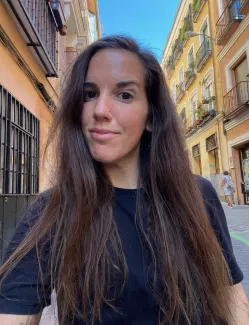
Editor

